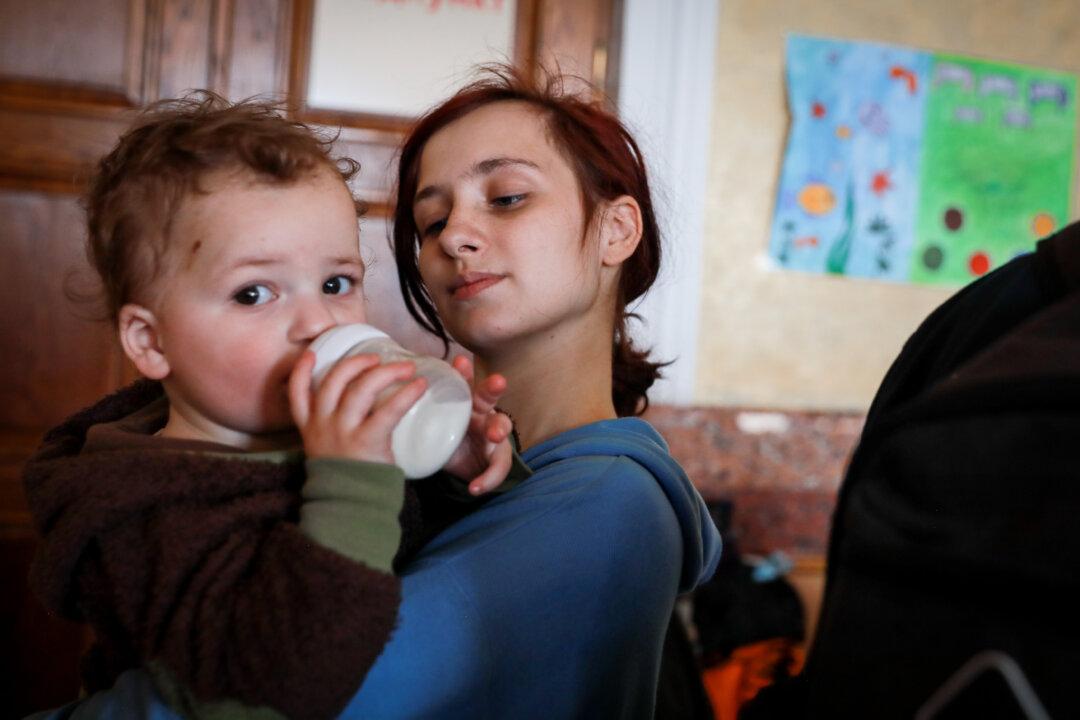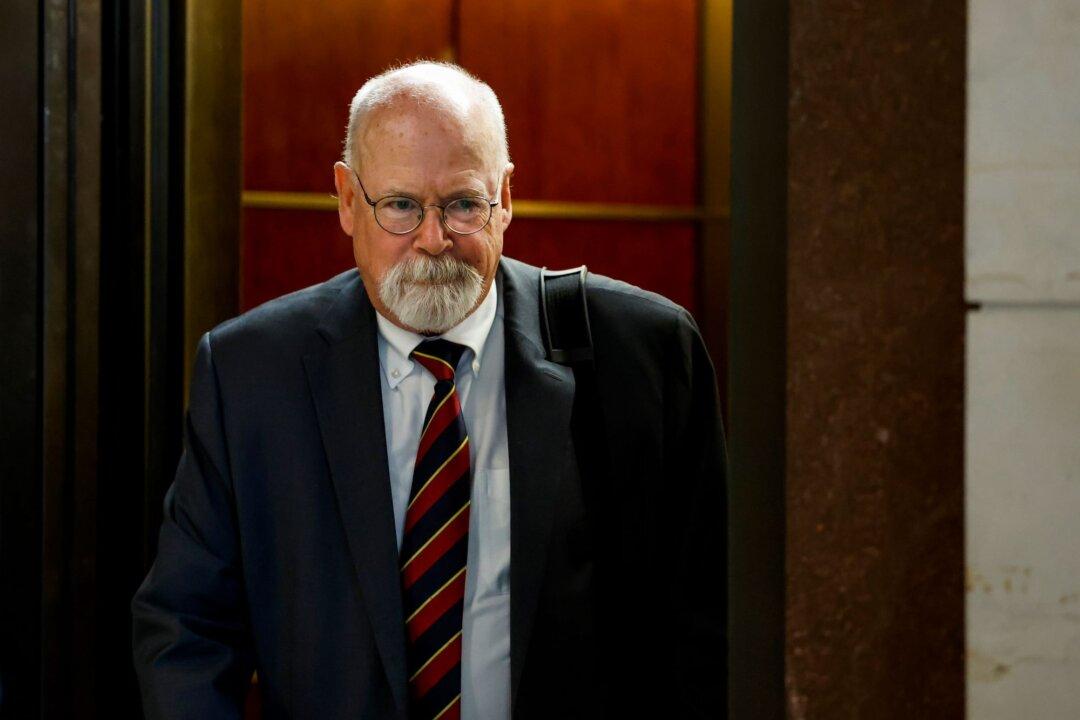LVIV, Ukraine—Almost eight years ago, Slovyansk, a small city in eastern Ukraine, was the first to be captured by pro-Russian separatists.
Svetlana Isakova, 42, didn’t flee the city back then, but sent her daughter away to safety. After days of fighting and shelling, the Ukrainian military recaptured the city on July 5, 2014. The separatists fled to Donetsk.





